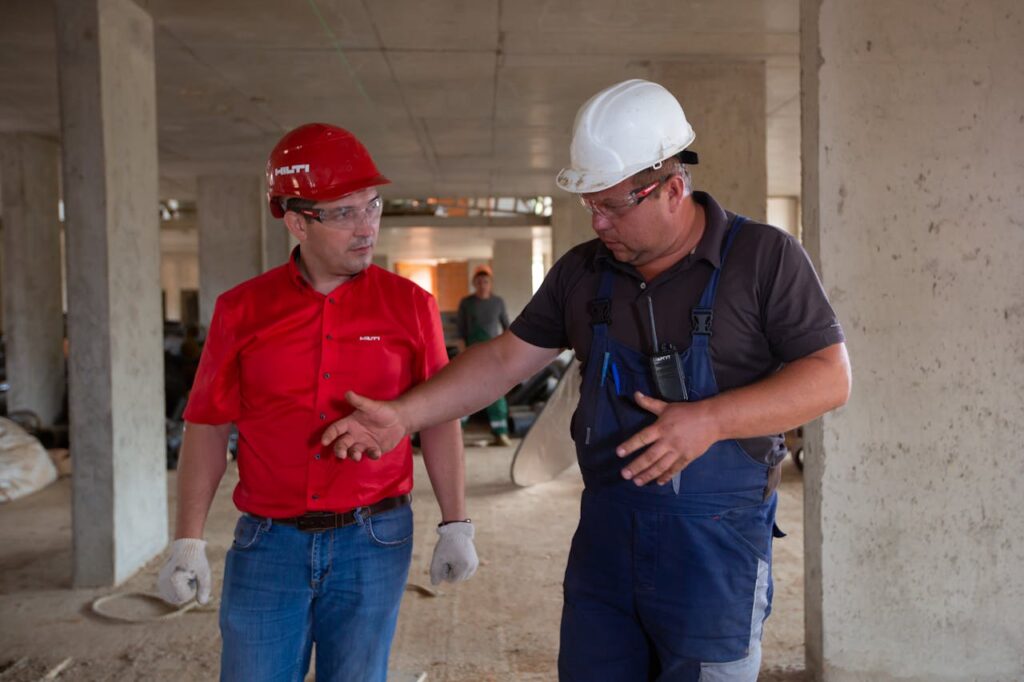In today’s industrial landscape, ensuring a safe and healthy working environment is not just a legal requirement — it’s a business imperative. From chemical exposure to noise-induced hearing loss, workplaces pose multiple hazards that can severely affect employee health. This is where industrial hygiene monitoring tools come into play.
Whether you’re a plant manager in India or a safety officer in the Middle East, integrating reliable industrial hygiene monitoring equipment into your HSE program can dramatically improve worker safety, ensure regulatory compliance, and boost overall productivity.
⚠️ Why Industrial Hygiene Monitoring Tools Are Crucial
Industrial hygiene focuses on identifying, evaluating, and controlling environmental stressors that can impact workers’ health. These include chemical, physical, biological, and ergonomic hazards. Without the right monitoring tools, these threats can go unnoticed — until it’s too late.
Here’s what’s at stake:
- Chronic illnesses (e.g., respiratory diseases, hearing loss)
- Reduced workforce productivity
- Legal penalties and reputational damage
- Regulatory non-compliance with bodies like OSHA, NEBOSH, or ADNOC
🔍 Common Workplace Hazards That Require Monitoring
1. Airborne Contaminants
- Dust, fumes, vapors, and gases are prevalent in industries like manufacturing, oil and gas, mining, and construction.
- Prolonged exposure can cause lung diseases, chemical poisoning, and more.
2. Noise Pollution
- Excessive noise in factories and plants can lead to noise-induced hearing loss, a major occupational hazard.
3. Heat Stress
- Especially relevant in Middle Eastern countries, heat exposure without proper controls can lead to dehydration and heatstroke.
4. Radiation and Light
- Exposure to UV, IR, or ionizing radiation is common in medical, nuclear, and welding industries.
5. Biological Hazards
- Workers in laboratories, waste management, and health sectors are at risk from viruses, bacteria, and other pathogens.
🧰 Popular Industrial Hygiene Monitoring Tools
Below are some essential tools widely used and recognized across industries in India and the Middle East:
✅ 1. Air Quality Monitors
- Used for detecting gases like CO, H₂S, SO₂, and VOCs.
- Tools: TSI DustTrak™, Dräger X-am®, Honeywell BW™ series
✅ 2. Noise Dosimeters & Sound Level Meters
- Monitors noise exposure to comply with OSHA’s 85 dB limit.
- Tools: Casella dBadge2™, Extech SL130G, 3M Edge 5
✅ 3. Heat Stress Monitors
- Especially important in hot work environments like oil fields and foundries.
- Tools: QuestTemp™ 34, Kestrel WBGT Monitor
✅ 4. Radiation Detectors
- Measures ionizing radiation levels in nuclear plants and medical facilities.
- Tools: RadEye G-10, Mirion Dosimeters
✅ 5. Biological Sampling Devices
- For sampling molds, bacteria, and other airborne biohazards.
- Tools: SAS Super 100, SKC BioSampler
📏 Compliance with International & Local Safety Standards
Industrial hygiene monitoring aligns directly with multiple international and national standards, such as:
- OSHA (Occupational Safety and Health Administration – USA)
- NEBOSH (National Examination Board in Occupational Safety and Health)
- ADNOC HSE codes for oil & gas companies in the UAE
- ISO 45001 for occupational health and safety management systems
- HSE UK HSE Guidelines for United Kingdom
By integrating monitoring tools, companies not only comply with these standards but also position themselves as responsible and future-ready.
💡 Benefits for Employers and Workers
✔️ For Employers:
- Regulatory Compliance: Avoid hefty fines and shutdowns.
- Data-Driven Safety Decisions: Real-time data helps in fast corrective actions.
- Increased Productivity: Healthy employees = more efficient operations.
- Reputation Boost: Show clients and partners your commitment to safety.
✔️ For Workers:
- Better Health Protection: Minimized exposure to invisible hazards.
- Improved Morale: A safe environment enhances job satisfaction.
- Career Development: Training in these tools adds to skillsets.
🧠 Training and Skill Development
To make the most of these tools, workers and safety officers must undergo proper training. Recognized online safety certification programs, such as NEBOSH, OSHA 30-Hour, and ISO 45001 training, can help your team interpret monitoring data and respond appropriately.
You can also explore specialized courses in:
- Industrial hygiene risk assessment
- Indoor air quality testing
- Heat stress management
- Noise exposure evaluation
📞 Ready to Level Up Your Safety Game?
If you’re a company looking to implement or upgrade your industrial hygiene monitoring systems, or an HSE professional aiming to upskill — we can help.
We offer:
- Online training programs tailored to Indian and Middle Eastern industries
- HSE consulting services for audits, implementation, and compliance
- Recommendations on industrial-grade monitoring tools
🔗 Contact us today for a free consultation and take the first step toward a safer, healthier workplace.

